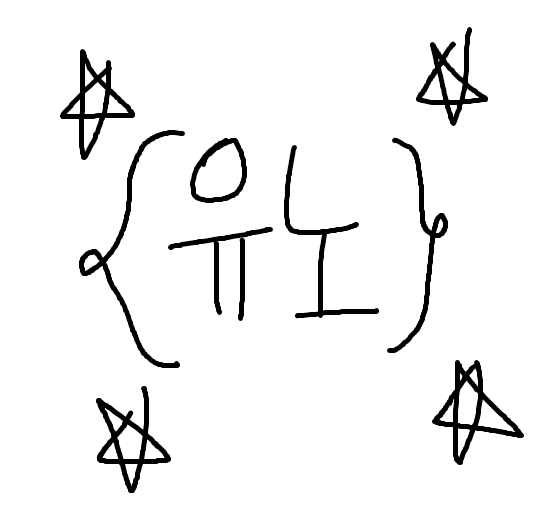https://www.acmicpc.net/problem/1854
1854번: K번째 최단경로 찾기
첫째 줄에 n, m, k가 주어진다. (1 ≤ n ≤ 1000, 0 ≤ m ≤ 2000000, 1 ≤ k ≤ 100) n과 m은 각각 김 조교가 여행을 고려하고 있는 도시들의 개수와, 도시 간에 존재하는 도로의 수이다. 이어지는 m개의 줄에
www.acmicpc.net
난이도 : 플래티넘 4
태그 : 자료 구조, 그래프 이론, 데이크스트라, 우선순위 큐
설명
다익스트라가 최단 경로를 찾는 알고리즘이라면,
이번엔 이 다익스트라를 이용하여 K 번째 최단 경로를 찾는 문제입니다.
해당 문제 같은 경우는 우선순위 큐를 활용할 수 있습니다.
우선순위 큐를 내림차순 정렬로 지정하고,
각 우선순위 큐의 크기가 K개를 넘는다면 하나씩 빼면서 K개를 유지합니다.
소스코드
import java.util.*
data class Node(val to: Int, val weight: Int) : Comparable<Node> {
override fun compareTo(other: Node): Int {
return this.weight - other.weight
}
}
fun main() = with(System.`in`.bufferedReader()) {
val (n, m, k) = readLine().split(" ").map { it.toInt() }
val connection = Array(n + 1) { ArrayList<Node>() }
repeat(m) {
val st = StringTokenizer(readLine())
connection[st.nextToken().toInt()].add(Node(st.nextToken().toInt(), st.nextToken().toInt()))
}
val answerPQ = dijkstra(n, k, connection, 1)
val sb = StringBuilder()
for (i in 1..n) {
if (answerPQ[i].size == k) {
sb.append(answerPQ[i].poll())
} else {
sb.append("-1")
}
sb.append("\n")
}
print(sb)
}
fun dijkstra(n: Int, k: Int, connection: Array<ArrayList<Node>>, startNode: Int): Array<PriorityQueue<Int>> {
val pq = PriorityQueue<Node>()
pq.offer(Node(startNode, 0))
val answerPQ = Array(n + 1) { PriorityQueue<Int>(Collections.reverseOrder()) }
answerPQ[1].add(0)
while (pq.isNotEmpty()) {
val target = pq.poll()
connection[target.to].forEach { nextNode ->
val newWeight = nextNode.weight + target.weight
if (answerPQ[nextNode.to].size < k) {
answerPQ[nextNode.to].add(newWeight)
pq.add(Node(nextNode.to, newWeight))
} else if (answerPQ[nextNode.to].peek() > newWeight) {
answerPQ[nextNode.to].poll()
answerPQ[nextNode.to].add(newWeight)
pq.offer(Node(nextNode.to, newWeight))
}
}
}
return answerPQ
}
구현은 일반적인 다익스트라와 크게 다르지 않지만,
다음 노드를 탐색하는 과정에서 우선순위 큐에 있는 원소가 K개 미만이라면 그대로 가중치를 넣고,
만약 K개 이상이고, 가장 큰 값보다 현재의 가중치가 크다면
(우선순위 큐는 내림차순으로 지정되어 있으므로 마지막 원소가 현재 값 보다 크다면)
가장 큰 값을 빼내고 새 값을 추가합니다.
후기
꽤나 머리를 싸맸던 문제였습니다.
다익스트라를 연습하다가, 조금씩 상위 문제를 풀 고 있는데,
역시 플래티넘은 상당히 버겁네요.
'코딩테스트 > Kotlin' 카테고리의 다른 글
| [백준 15439번] [Kotlin] 베라의 패션 (0) | 2023.04.24 |
|---|---|
| [백준 5565번] [Kotlin] 영수증 (0) | 2023.04.24 |
| [백준 15792번] [Kotlin] A/B - 2 (0) | 2023.04.17 |
| [백준 11021번] [Java] A + B - 7 (0) | 2023.04.17 |
| [백준 10953번] [Kotlin] A + B - 6 (0) | 2023.04.17 |

